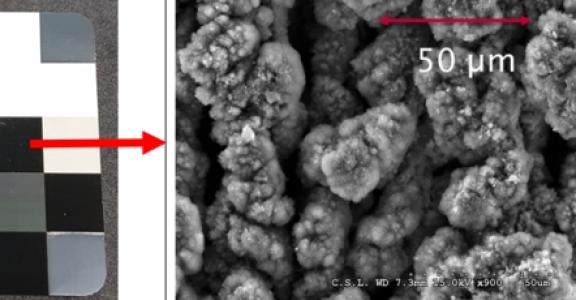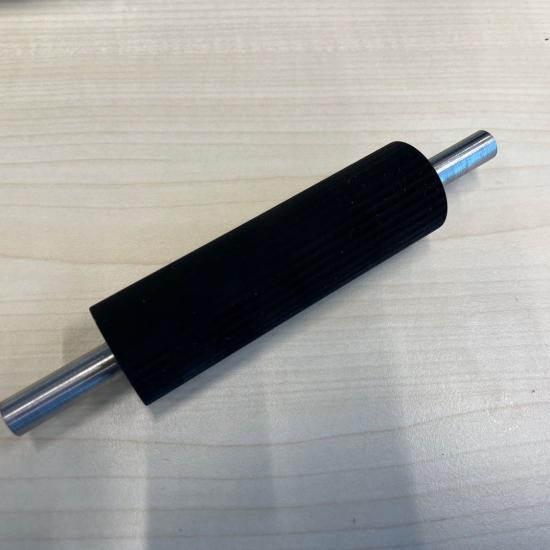Ultra-black is an interesting colour for many sectors, for aerospace, first of all, and for several reasons. It can be achieved with black coatings, however, there are some limitations to this methodology. That is why Sirris, together with ESA, is investigating laser texturing to achieve ultra-black, without any additional disadvantages or limitations.
Since August 2020, Sirris has been investigating, together with ESA, whether ultra-short pulsed lasers can be used to blacken surfaces. Making black surfaces is interesting for a whole range of sectors, for example solar energy or instrument making. However, this is particularly important for space travel for two main reasons: firstly, a black surface reflects little or no light and is therefore often used on instruments for accuracy and to reduce errors. Stray light can complicate scientific experiments such as observations of the earth’s surface and/or stars. Secondly, black surfaces also radiate much more heat. Since there is no gas in space, just about the only way an instrument or satellite can get rid of the heat generated by electronics and/or solar radiation is through radiators, which radiate it back into space. The blacker the surface, the better it is suited for this purpose, and also the lighter, more compact, more accurate and more stable the instrument becomes.
Beyond the boundaries of coatings
At present, many black coatings are used. These coatings work well, but they have some limitations. For example, they are very fragile and require a number of complex steps to be applied on a surface. They are also not as good as they should be in terms of performance, especially emissivity (radiating heat).
So it was clear to Sirris that here was an opportunity to push the state of the art by deploying its ultra-short pulsed laser technology. By applying multi-scale textures (microstructures with nanostructures on top), incident light can be captured very efficiently, making the surface very black, without the disadvantages of a coating. Such a structured surface also increases the emissivity far beyond what is possible with coatings, even to 0.99 (coatings 0.92-0.95). This allows for solid mass and volume gains, which is particularly important for Belgian aerospace companies competing for international tenders.
Promising resultats
The research is currently in its final stages, but all indications are that it will be a success. The measurements confirm that textures do achieve the high absorption and emissivity specified, without any damage or contamination to the surface. This opens the door to a whole range of new applications, which we will investigate further in a follow-up project together with some Belgian space companies and the Centre Spatial Liege (CSL).
Sirris will also assume its role and make the technology available to non-space companies. Interested? Make sure to contact us!
This article was published within the framework of the COOCK project Surfacescript, with the support of VLAIO.
This project was supported by the Federal Government (Belspo) and the European Space Agency (ESA).




